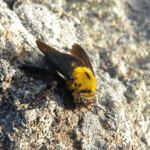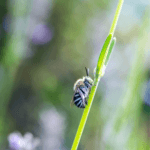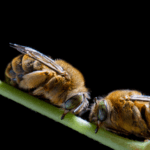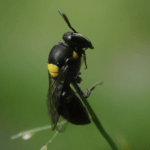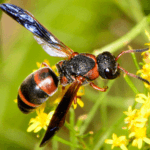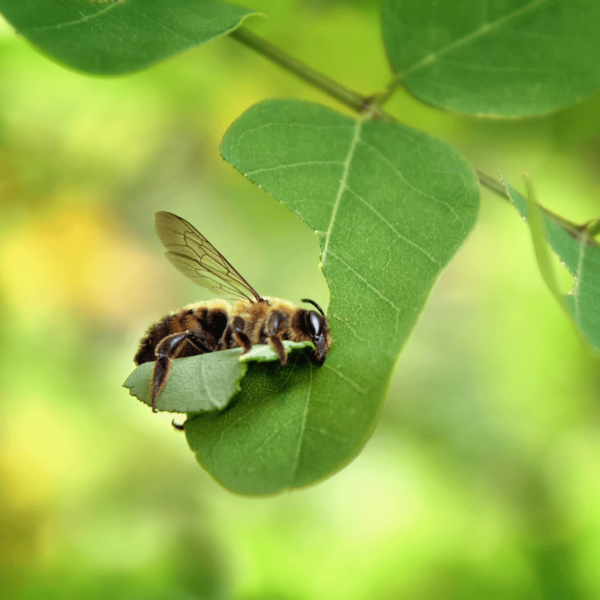
Nature’s Delicate Architects: Unveiling the Leafcutter Bee
In the vibrant tapestry of Australian biodiversity, the leafcutter bee (Megachile species) emerges as a diminutive yet remarkable architect, meticulously crafting intricate nests adorned with precisely cut leaf pieces. These gentle insects, with their fuzzy bodies and buzzing presence, are not only captivating to behold but also play a vital role in maintaining the delicate balance of Australian ecosystems.
Solitary Artists: Creating Masterpieces with Nature’s Canvas
Leafcutter bees are solitary creatures, each female meticulously constructing her own nest. Unlike their social counterparts, the honeybees, they do not form colonies or hives. Instead, they embark on solitary endeavors, crafting their nests with remarkable precision to provide a safe haven for their offspring.
These industrious insects exhibit remarkable diversity in their nest-building strategies. Some species prefer to nest in pre-existing cavities, such as hollow stems or abandoned insect burrows, while others meticulously construct their own nests using various materials, including mud, plant fibers, and most notably, precisely cut leaf pieces.
Pollinators Extraordinary: Ensuring the Future of Australian Flora
Leafcutter bees are not just skilled nest builders; they are also dedicated pollinators. Their bodies are covered with fine hairs that attract and hold pollen grains. As they flit from flower to flower, collecting nectar for their offspring, they inadvertently transfer pollen from one plant to another, enabling fertilization and the production of fruits and seeds.
These industrious insects play a crucial role in the pollination of a wide variety of Australian plants, including native wildflowers, legumes, and fruit trees. Their contribution to pollination is essential for the health and diversity of Australian ecosystems, ensuring the continued survival of countless plant species and the animals that depend on them.
Gentle Creatures: Appreciating the Leafcutter Bee
Despite their buzzing presence, leafcutter bees are generally docile creatures, posing little threat to humans. They only sting in self-defense when provoked or threatened. Their preference for nesting in pre-existing cavities or constructing nests in secluded locations often keeps them away from human dwellings, but if they do venture into homes or gardens, they can be safely relocated.
If you encounter a leafcutter bee in your garden or neighborhood, take a moment to appreciate its beauty and the vital role it plays in the ecosystem. Observe its intricate nest-building techniques, its fascinating behavior, and its industrious nature, and recognize the significance of these gentle pollinators in maintaining the balance of nature.
Preserving the Delicate Fabric of Life: Protecting the Leafcutter Bee’s Habitat
As we marvel at these captivating creatures, let us also remember the importance of conserving their habitat. By protecting native vegetation, minimizing the use of pesticides, and avoiding the burning of native bushland, we can ensure that leafcutter bees continue to thrive in their natural environment, their delicate wings carrying life and sustenance to the diverse flora of Australia.
What should I do if I see a leafcutter bee?
Contact Us if you ever see leafcutter bee in your garden or home. Our expert team will guide you with the best advice possible

